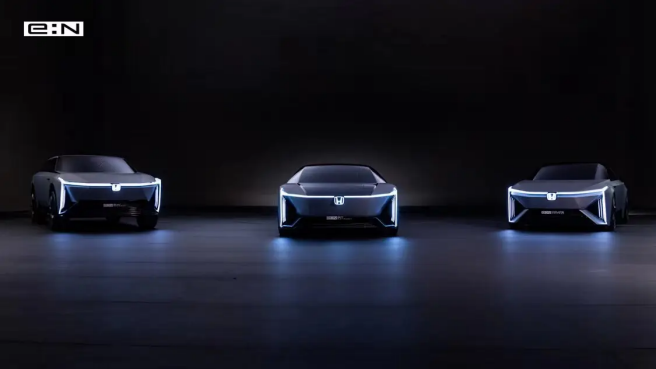文 | Joey
How Great is Honda?
Let me tell you, the day before the launch of the Guangqi Honda e:NP brand, I shared their pre-release information on my WeChat Moments. A sales friend who sells BBA cars left a comment on this post: i-VTEC, the sound of champions.
Obviously, this is a pun that only true car lovers can understand, and it prompted this young man to leave a message even though he sells luxury cars. He couldn’t suppress his passion for speed and racing, and it inspired him to leave a comment. Although Honda is not a luxury brand in the traditional sense, it is still the eternal source of the god car in the hearts of all mechanical and speed enthusiasts.
It can produce the most suitable Fit and Civic for civilian use, and with its exquisite manufacturing skills and tuning techniques, transform them into Type-R with a red badge. They gallop on the road and race track, allowing the engine speed to approach the limit, truly making people share the thrill of speed with the car.
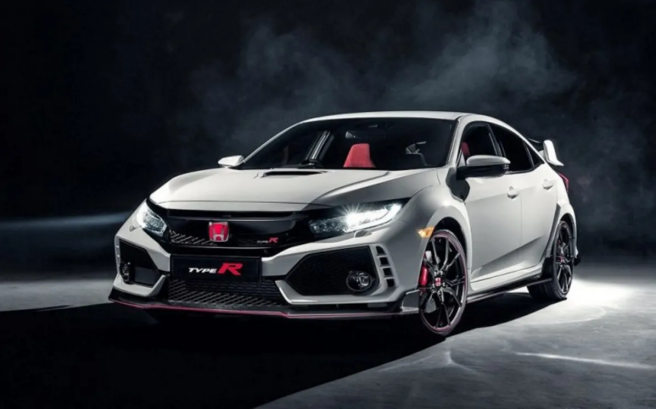
However, times are always changing. In the wave of electrification, the sound of champions will also disappear. Because in the future, there will be no engine, and there will be no roar that comes with it.
So, can champions still be champions?
Honda’s Rapid Transformation
Just a few days ago, I saw news that Honda plans to launch three new energy vehicles in the European market in 2023. Obviously, if you are familiar with Honda or Japanese car brands, you should know that Honda has started to accelerate in the era of electrification.
Before last year, it seems that Japanese car makers were not willing to invest in the wave of electrification. Because for Japan, which has a small land area and limited resource allocation, it is necessary to bet on the right technology during a revolutionary change; otherwise, it will be difficult to turn around. This may cause them to fall out of the leading position in pillar industries such as automobile and semiconductor.
Based on these real reasons, the previous strategy for Japanese cars was still to wait and see, not eager to invest in pure electric waves.
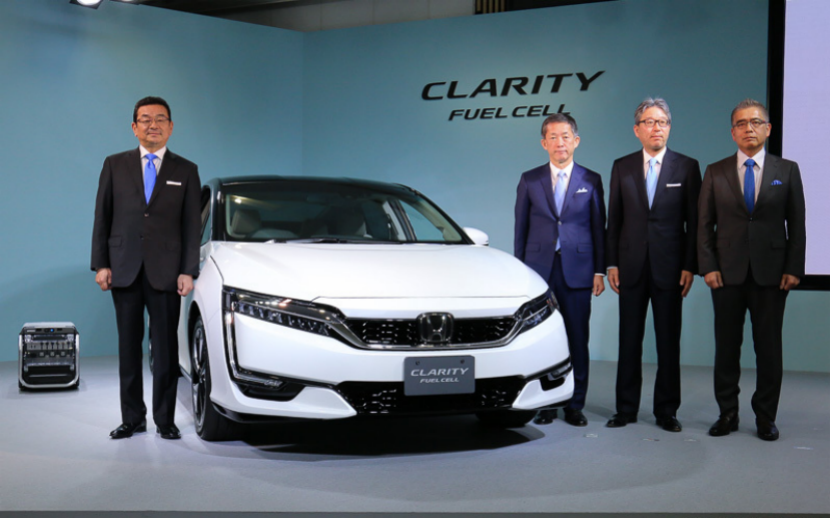
Take Toyota as an example. Before the third quarter of last year, they still held two cards: hybrid and hydrogen fuel cell, in order to get through the strong period of pure electric. Nissan played even more ingeniously, by researching for several years, they developed e-Power that converts gasoline into electricity, to achieve lower fuel consumption and stronger environmental protection. So, what about Honda?
In 2019, Honda launched a new energy car named Honda e, with a retro design and avant-garde concept. This micro-electric car has a range of 220 kilometers and seems to be more popular in Japan’s K-Car market.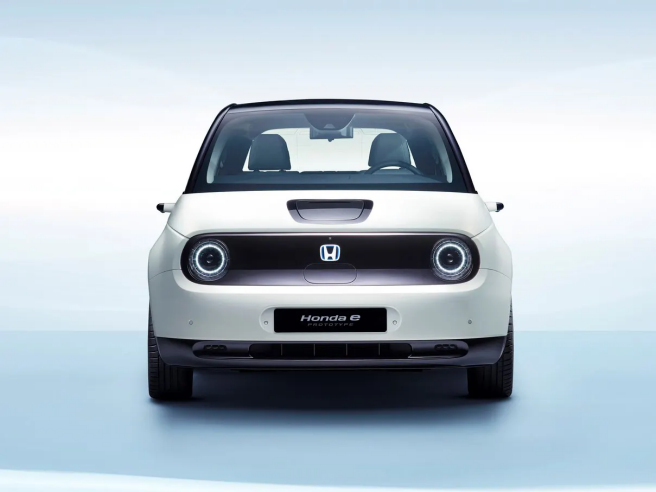
At the same time, it is also a visible pilot project. Honda has been continuously investing in the research of hydrogen fuel cell technology, similar to Toyota.
In terms of mass-produced cars, at least in China, it is still difficult to see related Honda products. If there is any impression left, it would be the GAC Honda VE-1 model and the Dongfeng Honda CR-V hybrid model. Obviously, their voice is not comparable to products such as Civic, Accord and Fit.
However, even though you may have your own considerations and struggles, the trend of the times never stops. Japanese car companies that have seen the track clearly have also begun to change. At the end of last year, Toyota announced the electrification of the Lexus brand. Honda also started working earlier.
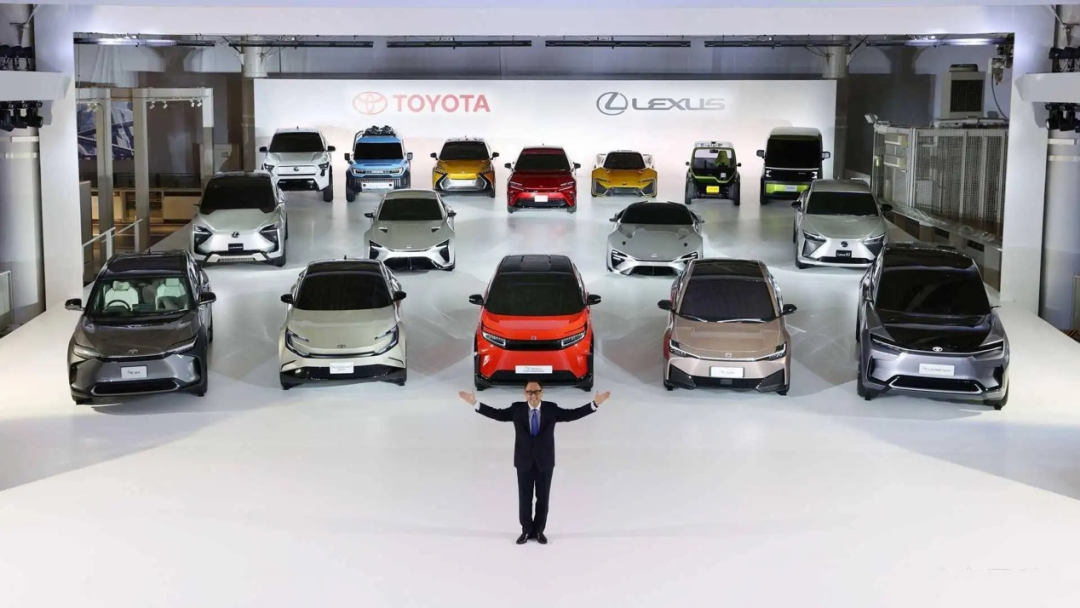
At the beginning of last year, Honda announced its plan to achieve carbon neutrality by 2050. Months later, Honda announced that it would abandon its own hydrogen fuel cell research. After all, if there was still a possibility of observation, waiting, and hesitation before, then the situation was already clear when the global sales of electric vehicles reached 6.5 million in 2021.
Several major German car companies have launched the electrification of their brands, and although American car companies may not be as fast as German companies, they have also started moving. In this electric vehicle market, which will undoubtedly grow faster in the future and has already reached 6.5 million units, the Chinese market is undoubtedly the most important.
Because among these 6.5 million units, the mainland Chinese market occupies 3.2 million units. Obviously, this is also the most important reason and consideration for Honda to speed up with GAC Honda to launch the e:NP brand.
The New Direction of the New Brand
In the Chinese market, foreign car brands that are heavyweights typically do not focus on just one partner when choosing a joint venture. These joint ventures include South-North Volkswagen, South-North Toyota, and now South-North Audi. Naturally, Honda, which specializes in producing excellent and popular models, also has two joint ventures in China, GAC Honda and Dongfeng Honda. So, the question now is, why choose GAC?
In my opinion, the answer is very simple, which is GAC’s sustained investment and significant progress in the field of new energy. Currently, GAC has the Aiways brand, which specializes in producing pure electric vehicles, and the GAC Aion brand. In 2021, GAC Aiways achieved sales of 120,000 units.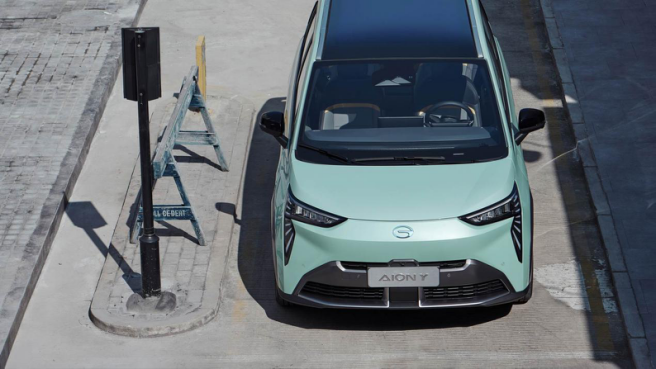
Despite the need to catch up with new energy giants such as BYD in terms of basic volume, compared to other new car brands, e:NP, except for Tesla and leading brand Ora, has more models available. Therefore, from a technical, product, and sales perspective, GAC Honda is fully capable of building and operating this new e: NP brand.
Just as Honda is about to mass-produce new cars in Europe, as previously mentioned, if this new e: NP brand is established, stable products are a must-have. Different from new forces that must struggle to develop, debug, and test each car, Honda, as a well-established large brand, has a more efficient research and development and manufacturing system, and brand heritage to deal with the product demands of new brands.
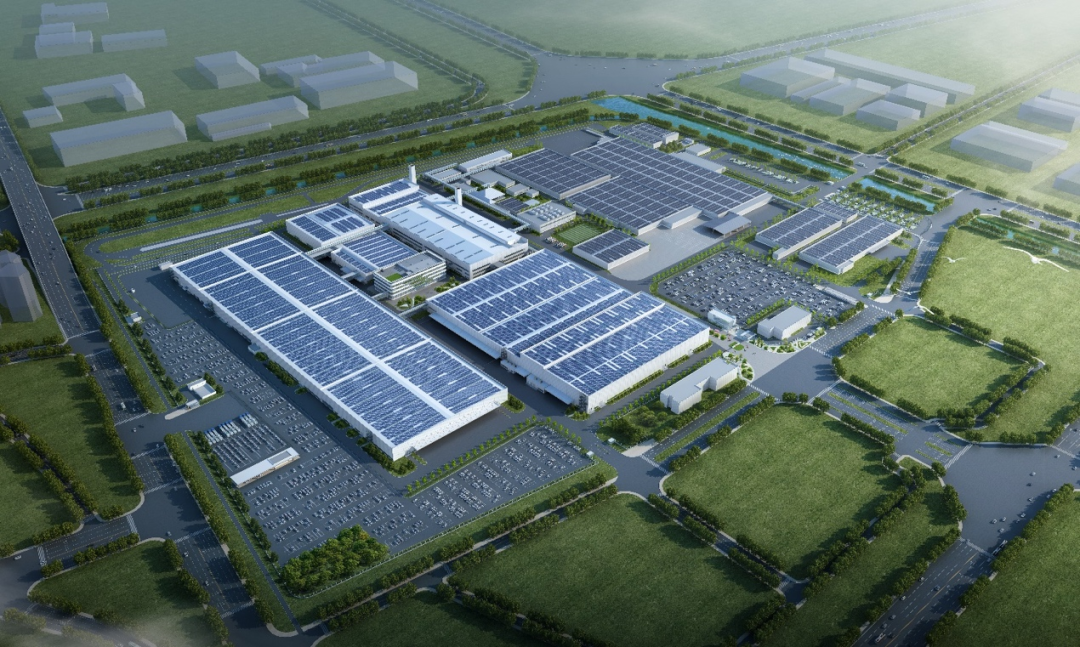
According to the plan of GAC Honda, e:NP will launch a new car every year and complete the product line of the e:NP brand by 2025. This plan’s technical basis comes from two technology incubation bases of GAC Honda-China Honda Research and Technology Co., Ltd. and GAC Honda Research and Development Co., Ltd.
At the same time, it is believed that the experience and supplier channels accumulated by GAC Group’s previous management of pure electric brands like Aion and Hycan can also accelerate the supply of e:NP products.
More importantly, the e:NP brand itself must also bear a very important mission. Such as opening up the development mode of dealers.
This development mode includes the creation of an APP, online and offline linkage car buying mode, creating an experiential space that meets customers’ shopping and Social needs, and promoting more interactive and co-creative marketing circles with car owners.
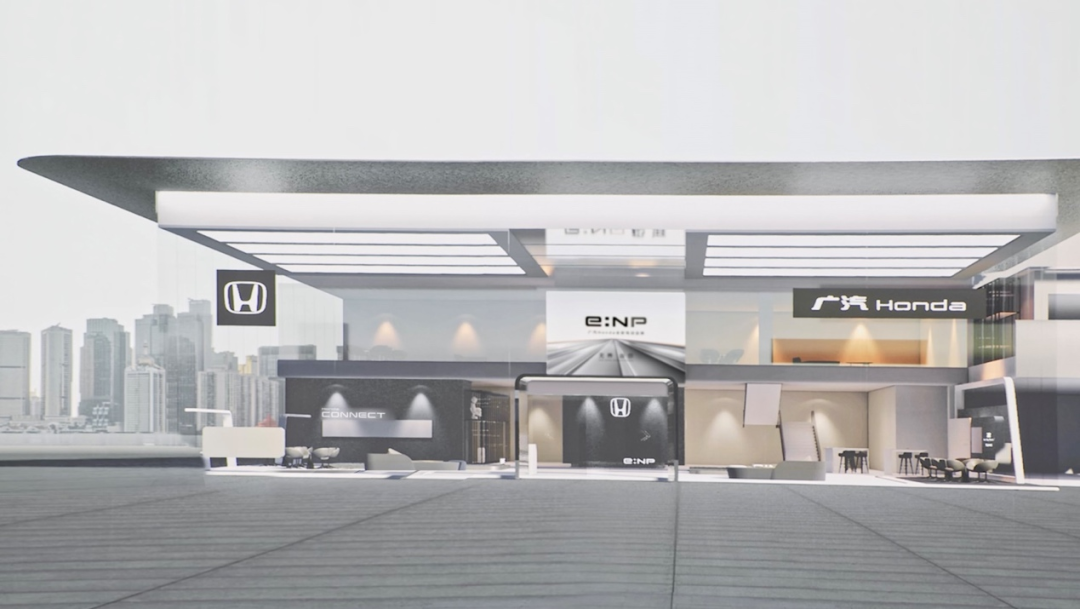
In fact, this mode has become a model that both new and old car brands strive to create, strive to do well, and strive to break through in this era. Compared to those brands that rebuild their networks, GAC Honda can provide e:NP brand with more resource support.Because they already have a network of over 600 authorized dealers nationwide, in addition to new experience stores and online operating models, these 600+ authorized dealers can provide e:NP users with ubiquitous, tangible support.
Building new resources and activating existing ones has clearly become a major bargaining chip for the e:NP brand, as well as a heavy responsibility.
What kind of electric driving pleasure will Jipai 1 bring
The relationship between electric vehicles and driving control is still mostly known by the knowledge that each manufacturer promotes, that the acceleration performance of electric vehicles far exceeds that of traditional internal combustion engine vehicles. But does acceleration performance mean all of driving control?
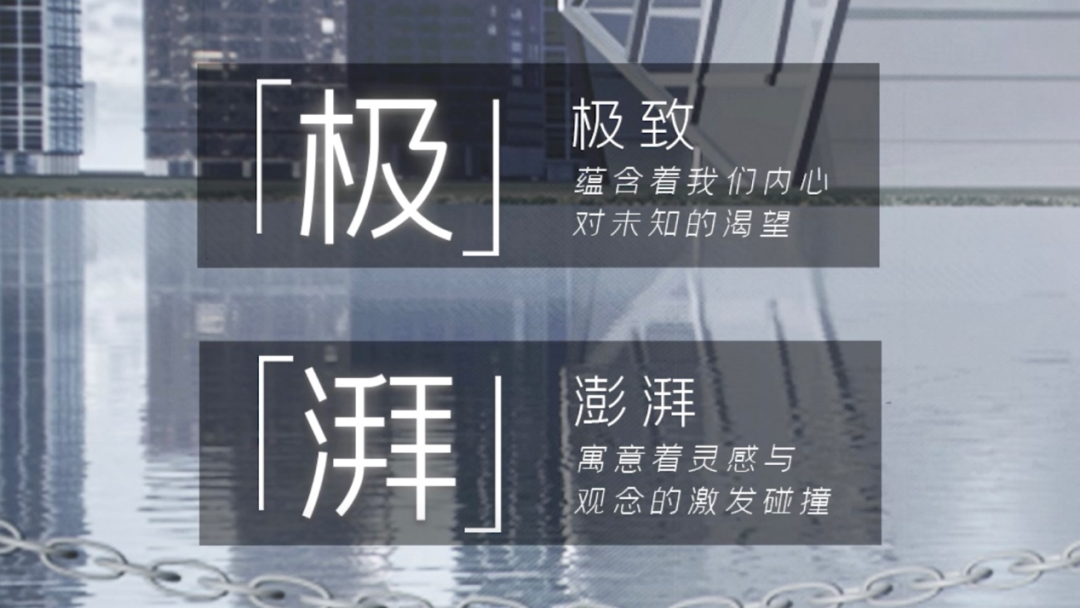
The answer is obviously not, at least not comprehensive enough. Coincidentally, on the same day e:NP was released, there was another car that also made driving control its main selling point, the IM L7, which was also launched. This car’s pursuit does not purely include acceleration performance, but also includes handling performance that rivals that of fuel-powered cars. So, what about Honda, which has developed and manufactured Japan’s national treasure sports car NSX and the performance beast Type-R?
At the same time as e:NP was released, its first car, Jipai 1, was also introduced to us. According to GAC Honda’s description, e:NP1 Jipai 1 adopts the new intelligent and efficient pure electric architecture e:N Architecture F, integrating a three-in-one high-power drive motor, large-capacity and high-density battery, high-rigidity pure electric vehicle-specific frame and chassis platform. Obviously, they are also pursuing a good driving experience.
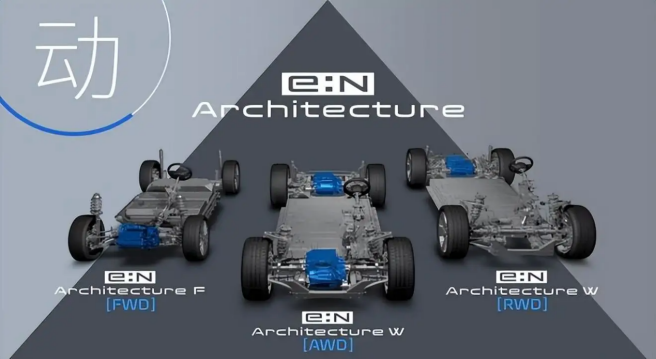
This kind of good driving experience not only includes a violent driving experience, but for pure electric vehicle product characteristics, such an experience is too easy to achieve. What e:NP wants to do is to make the violent experience more comfortable.
For example, e:NP1 Jipai 1 through continuous adjustment of pedal response and power output characteristics, as well as repeated adjustment of seat and suspension systems, makes the user’s body posture and line of sight always integrated with the vehicle attitude. In simple terms, it’s fast, but it provides you with a more comfortable fast.
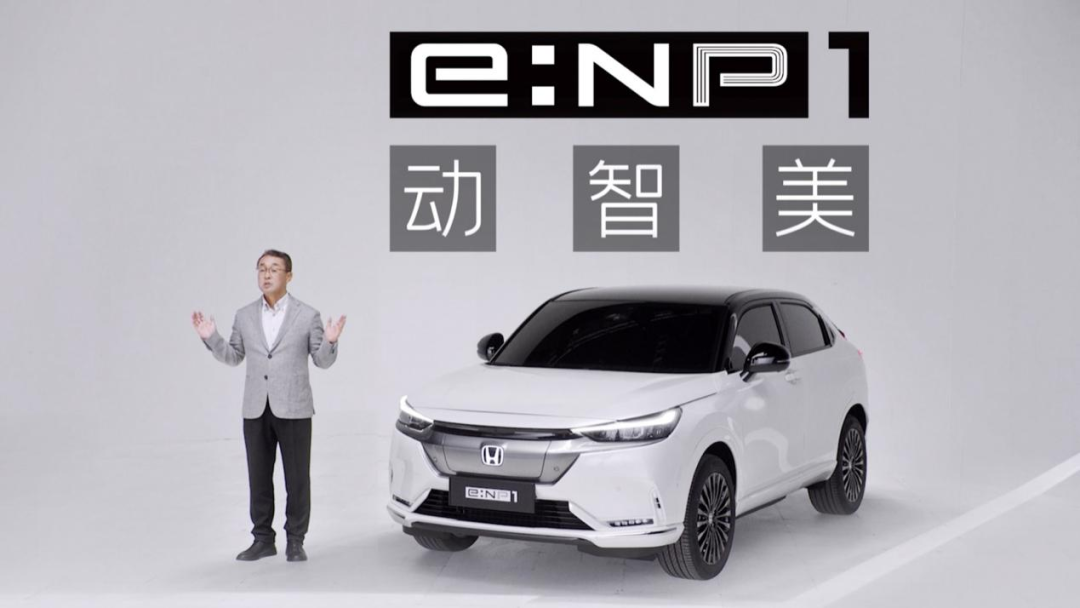
At the same time, the addition of simulated sound waves allows drivers and passengers to forget that this is an electric vehicle and immerse themselves in the driving experience of a fuel-powered vehicle. For those who love Honda and love mechanics, this is undoubtedly very important.Apart from that, GAC Honda also developed an e:N OS full-stack intelligent control ecosystem for e:NP1 JI PAI 1. In short, this system combines Honda SENSING safety driving assistance system and Honda CONNECT 3.0 ecosystem, providing better intelligent driving assistance technology and intelligent interactive cabin technology for JI PAI 1.
Currently, almost all car brands, especially new energy vehicle brands, are striving to excel in these two fields. Because everyone knows that whoever leads in these areas can stand out in fierce competition.
However, to be honest, at present, traditional car brands seem to be at a disadvantage in these two technologies. Therefore, whether e:NP1 JI PAI 1 can achieve a breakthrough and lead in intelligentization relying on Honda and GAC’s technological strength (after all, GAC Aion has been researching the star architecture, and I do not know if they will share it with GAC Honda), is also worth looking forward to.
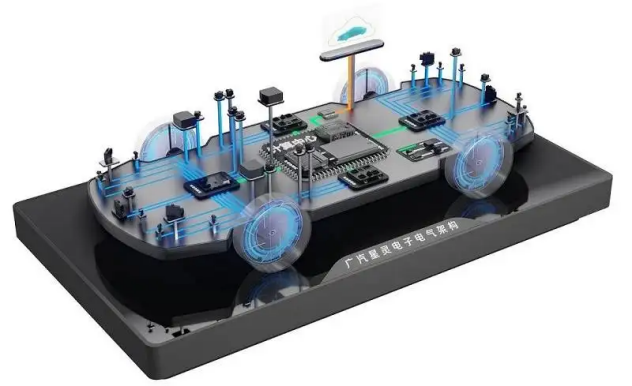
GAC Honda started its joint venture with Honda 24 years ago, and now has more than 9 million users owning their own cars through GAC Honda. And now, the era has put GAC Honda on a new starting point, and whether it can achieve excellent results again is obviously highly anticipated.
If, in the era of internal combustion engines, the roar of Honda’s cars represented the sound of champions, then in this era of electric vehicles, can Honda without its roar still become a champion? This is a question. But I believe that Honda should be able to give a satisfactory answer, possibly starting with GAC Honda and e:NP. Let’s be patient and take a look together.
This article is a translation by ChatGPT of a Chinese report from 42HOW. If you have any questions about it, please email bd@42how.com.
